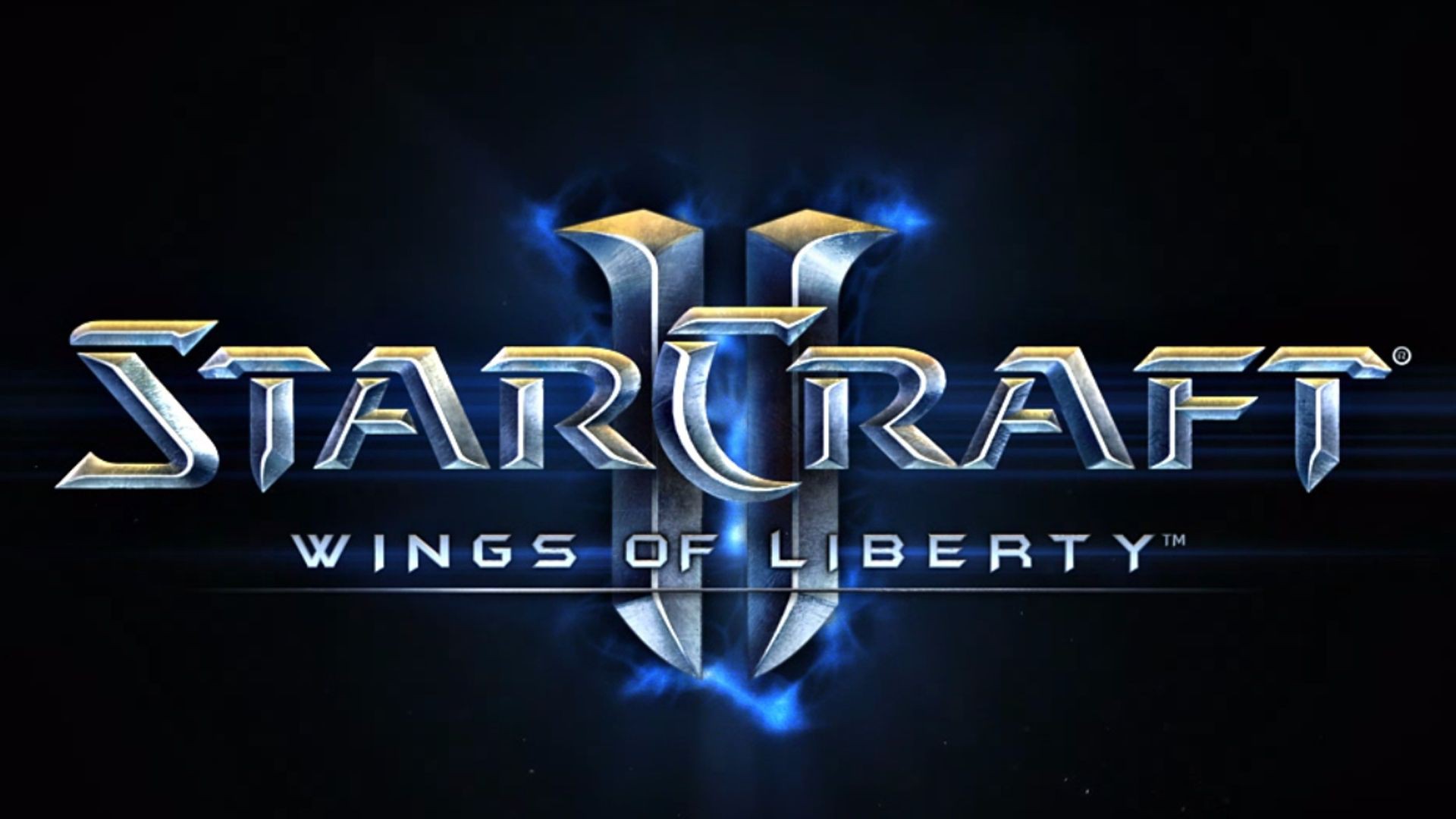StarCraft II is more than just a game; it is a phenomenon that has shaped the landscape of competitive gaming and real-time strategy (RTS) genres. Released by Blizzard Entertainment in 2010, it captivated millions with its intricate gameplay mechanics, rich lore, and thriving esports scene. Over the years, StarCraft II has evolved into a cultural touchstone for gamers around the world, influencing countless titles and establishing a dedicated community.
StarCraft II continues to be a benchmark for competitive gaming, showcasing the importance of strategy, reflexes, and adaptability. As we delve deeper into this iconic title, we will explore its gameplay mechanics, story progression, impact on PG88 esports, and much more, shedding light on why StarCraft II remains relevant even more than a decade after its debut.
The Gameplay Mechanics of StarCraft II
Understanding the gameplay mechanics of StarCraft II helps players appreciate its depth and complexity. Unlike many other games, StarCraft II requires not only quick thinking but also strategic planning. In this section, we will break down the essential components of the gameplay mechanics.
Resource Management
Resource management is the backbone of StarCraft II. Players must gather resources efficiently to build units, structures, and technology. There are two primary resources: minerals and gas.
Minerals are abundant and serve as the currency for most basic units and structures, whereas gas is less accessible and typically required for advanced units and upgrades. Efficiently managing these resources can make or break a match.
As a player, understanding the resource flow is critical. Establishing multiple bases can increase production capabilities, allowing for faster unit deployment. This aspect of gameplay encourages players to constantly scout their opponents to anticipate strategies and timing, creating a dynamic battlefield where every decision counts.
Unit Composition and Counterplay
In StarCraft II, knowing what units to build and when is vital for success. Each race—Terran, Zerg, and Protoss—offers unique units with distinct strengths and weaknesses.
For example, Zerg units are generally cheaper and produced more quickly but may lack armor compared to Terran and Protoss. Understanding the composition of your opponent’s army is crucial in crafting your counter-strategy. Knowledge of unit strengths allows players to create effective combinations.
The interplay between different unit types adds an element of depth to StarCraft II. It forces players not only to think ahead but to anticipate their opponents’ moves. This level of strategy fosters a rich environment where each match feels fresh despite the repetitive nature of RTS games.
Map Awareness and Scouting
Map awareness plays a critical role in StarCraft II. Each map can have various pathways, choke points, and resource locations that affect gameplay significantly.
Scouting is essential for gathering information about the enemy’s strategy. Players must send out units or use abilities like Observers or Overlords to keep tabs on their opponents. Maps are designed to encourage exploration and engagement, rewarding players who can read the game state effectively.
